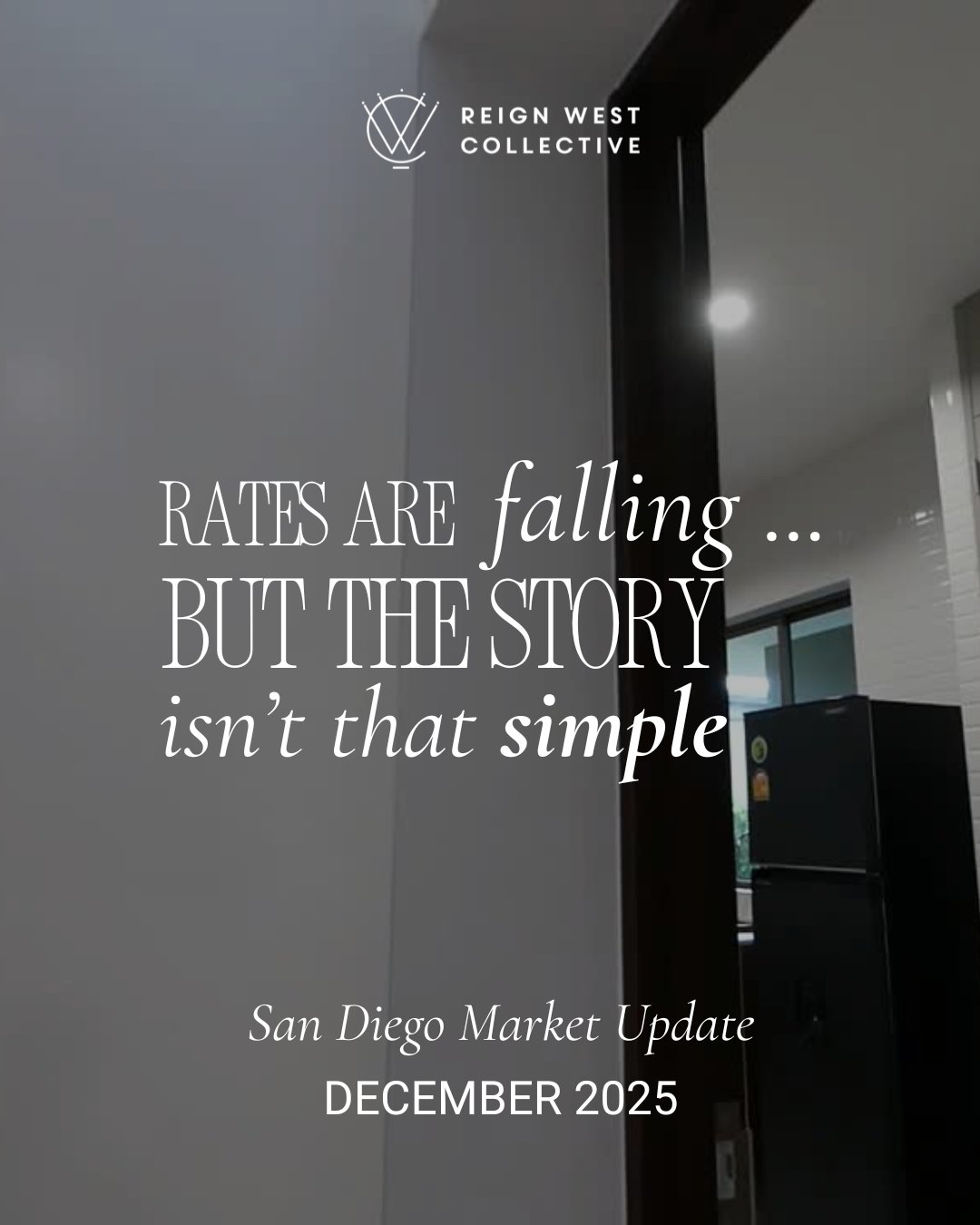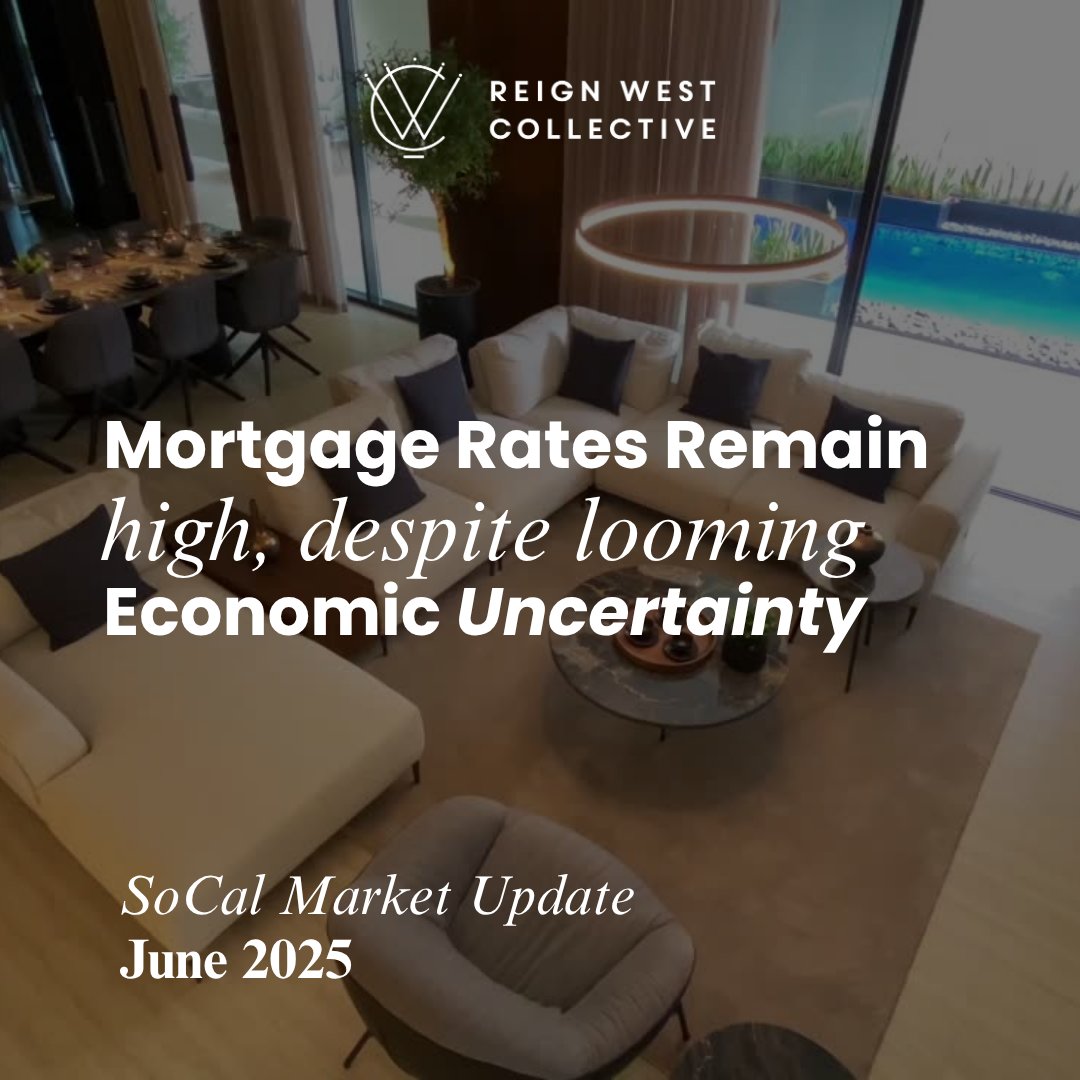Navigating the Real Estate Market: How to Use Inventory Trends to Your Advantage


Inventory is a critical factor that affects the real estate market, and it's essential for homebuyers to understand how it impacts their buying decision.
In this blog post, we'll explore the relationship between inventory and the real estate market and provide indicators for future homebuyers to act on.
Inventory is the number of homes available for sale in a given market. When the inventory is low, it typically means that there are more buyers than there are homes for sale. As a result, competition increases, and prices tend to rise. Conversely, when the inventory is high, there are more homes available for sale than there are buyers, leading to increased competition among sellers, and prices tend to fall.
In addition to affecting prices, inventory also impacts the time it takes to sell a home. When the inventory is low, homes tend to sell more quickly since there are more buyers competing for a limited number of homes. Conversely, when the inventory is high, homes tend to take longer to sell since there are fewer buyers in the market.
As a future homebuyer, it's important to pay attention to inventory levels in your desired market. By doing so, you can better understand market conditions and make more informed buying decisions. Here are some indicators to consider:
Days on market is the number of days a home is listed for sale before it goes under contract. When the DOM is low, it typically means that homes are selling quickly, and there is limited inventory in the market. Conversely, when the DOM is high, it may indicate that homes are taking longer to sell due to higher inventory levels.
Months of supply is a measure of how many months it would take to sell all the homes currently on the market at the current pace of sales. Typically, a balanced market has between 4-6 months of supply. When months of supply are lower than this range, it's a seller's market, and when it's higher, it's a buyer's market.
The sales-to-list price ratio is the percentage of the final sales price compared to the list price. When this ratio is high, it typically means that homes are selling for close to or above the list price, indicating a seller's market with low inventory. Conversely, when the ratio is low, it may indicate a buyer's market with higher inventory levels.
New listings are the number of homes that have come onto the market in the past month. High new listing numbers can indicate that there is increased inventory, while low new listing numbers may indicate a low inventory market.
Conclusion
Inventory is a critical factor that affects the real estate market, and future homebuyers should pay attention to its impact. By understanding indicators such as days on market, months of supply, sales-to-list price ratio, and new listings, homebuyers can better understand the market conditions and make more informed buying decisions. When inventory levels are low, competition increases, and prices tend to rise, while higher inventory levels typically lead to lower prices and longer sales times. Keep these indicators in mind as you navigate the real estate market to make the best buying decision for your needs and budget.
Stay up to date on the latest real estate trends.

December 20, 2025

November 21, 2025

October 23, 2025

September 18, 2025

August 23, 2025

July 17, 2025

June 18, 2025

May 16, 2025

April 18, 2025
You’ve got questions and we can’t wait to answer them.